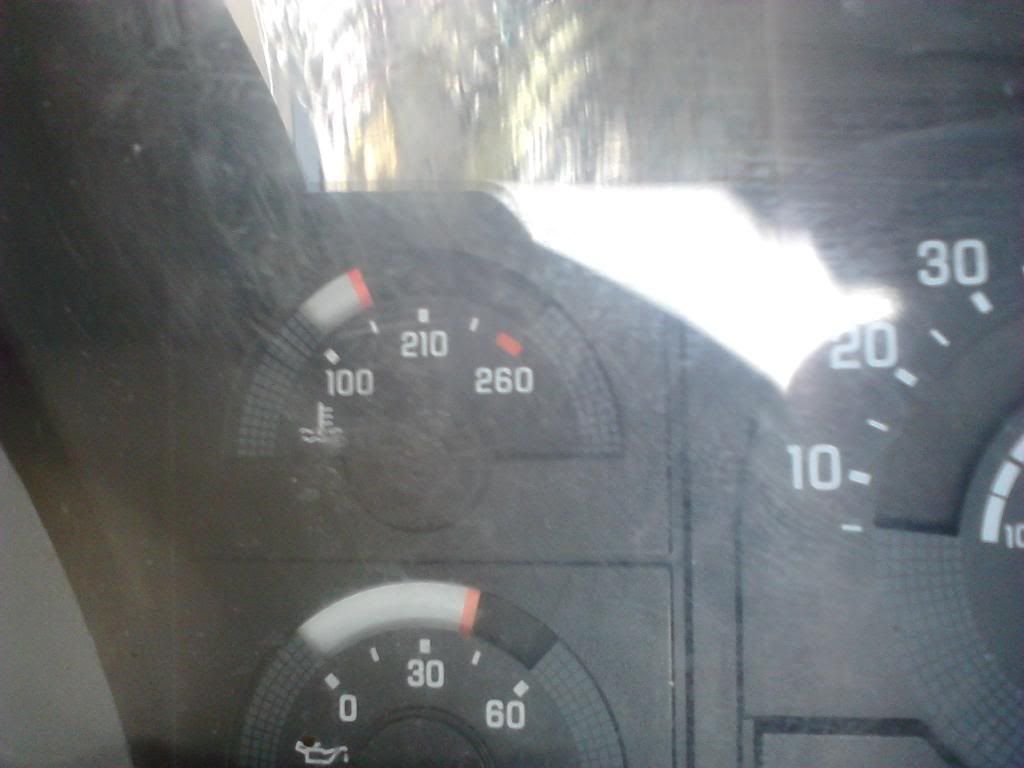Well, I tackled the task of Removing my A/C Condenser from my truck. My radiator blew up and I figured, why not do this now since my radiator is out of the truck? I never had a working A/C and I figured How much cooler would my engine run since the air flow to the radiator would be more?
Heres the Condenser with the Radiators I went through. I was not having a good day that day with the radiator, leave it at that. :rolleyes: also The Broken Transmission cooler that has been bypassed since 2007 when my dad hit a deer with the truck.
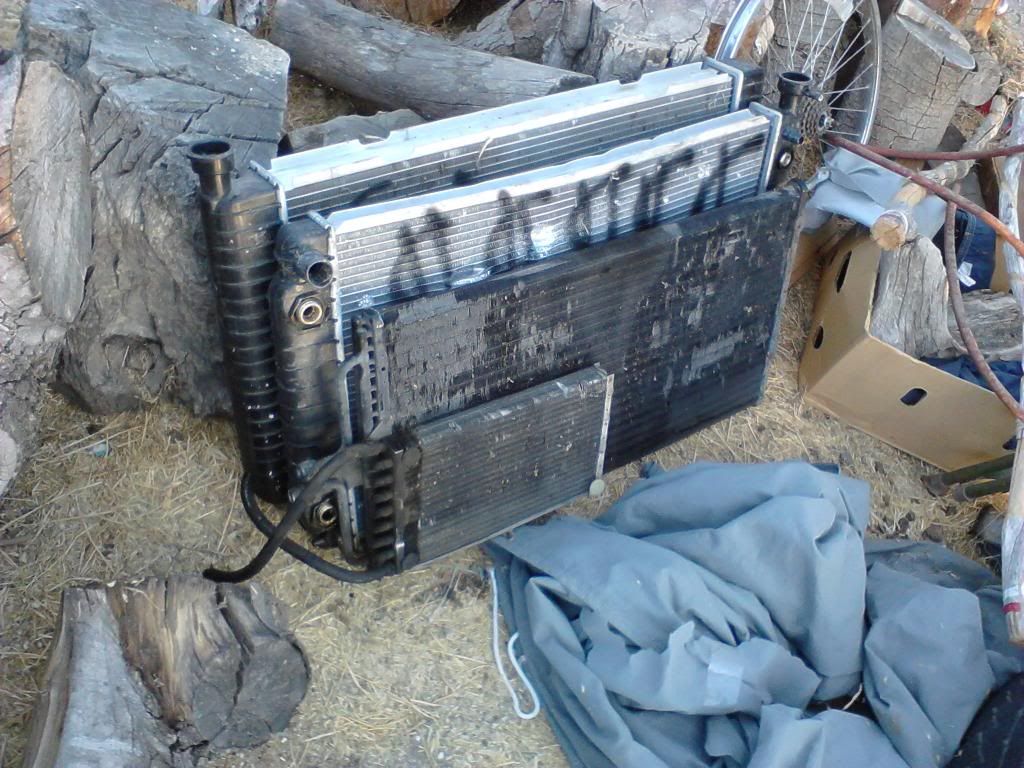
Well, Kinda weird seeing my engine right through the grill
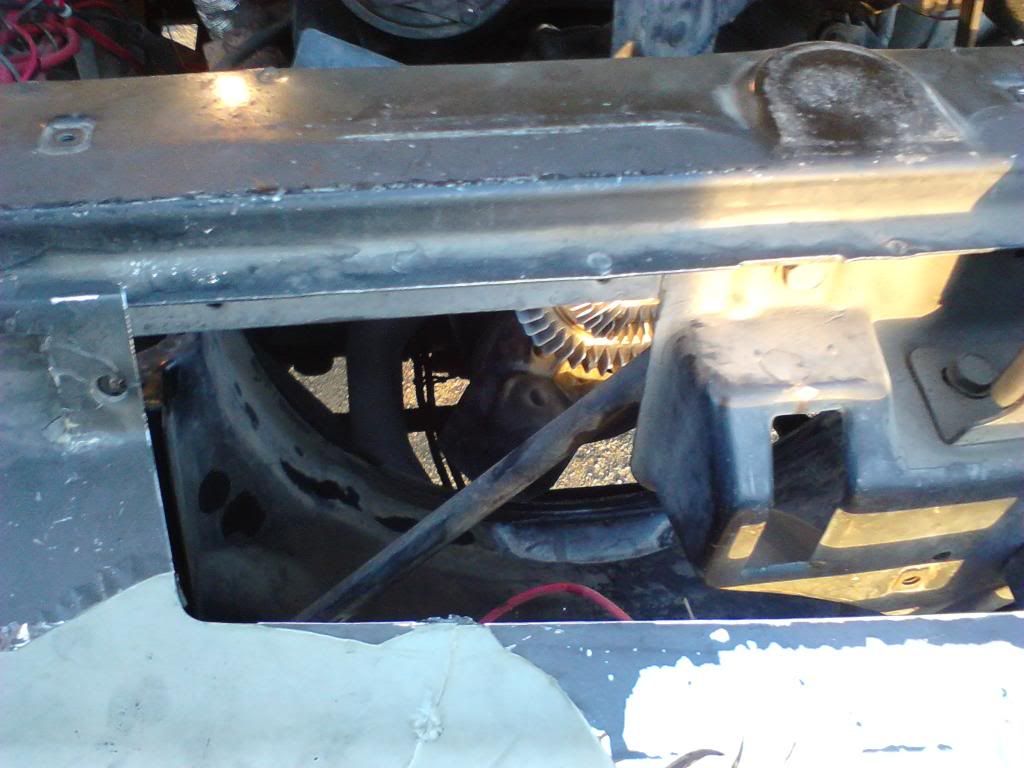
The Sunset showing through the grill.
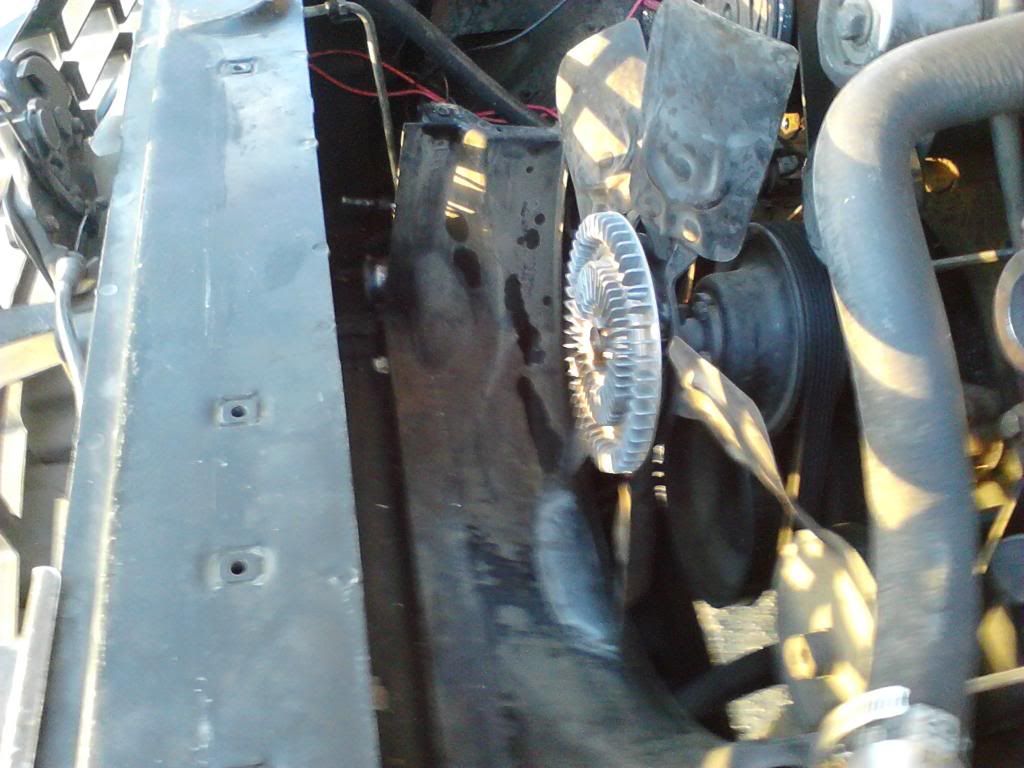
I am also brain storming on if I can pull the A/C Compressor off the engine and install my york 210, or Dual Alternators, (Install another Alt in place of the A/C Compressor on the engine.
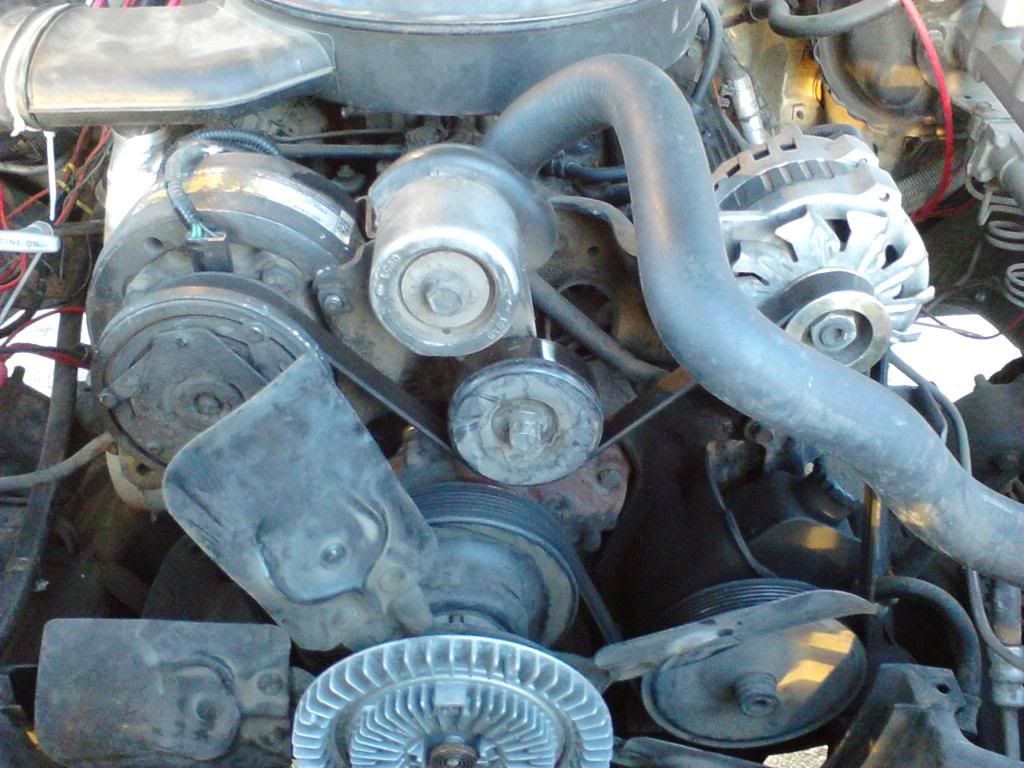
Just doing a little bran storming since I am working on the truck, Figured I would share it. 
It’s tough to see how much open space you have to the right of the existing alternator, as your pics don’t show that area. However, I see that on your 1989 K1500 the alternator and power steering pump are in the same locations as in my 2004 Sierra 1500, so presumably you have a good bit of space to the right of your alternator (but may have to move some wires, as I did).
IMHO, the best way to go would be to replace your current alternator with a high output alternator (e.g. DC Power Engineering, Ohio Generator, etc.) unless you absolutely require the redundancy provided by having two alternators. If you do that, you get more electrical power without sapping your engine as much as if you had to turn two alternators, you get to keep your AC, -and- you leave the space to the right of your alternator open for a York 210.
For GM trucks I’m a fan of using a serpentine clutch on the York 210, positioning the York to the right of the alternator, and going with a longer serpentine belt such that the York is inline between the alternator and the power steering pump. This approach saves you from having to replace your idler pulley with a dual idler/vbelt pulley, AND it spares you from the tensioning issues that v-belt users often run into, since you’ll automatically make use of your existing serpentine belt’s tensioner. However, if your serpentine belt tensioner is the original tensioner or is old, you might consider replacing it while you have the serpentine belt out if you go this route … just to make sure you have good tension. Serp belts were designed to be a lot more forgiving than vbelts in terms of orientation … and they have more surface area (i.e. are wider) so their grip tends to be better than vbelts, too – which helps avoid problems in the slippage department. Use of the location to the right of the alternator also means the York is mounted relatively high in the engine compartment, which lets you attach an air filter to the suction side with very little plumbing needed and next to no concern about drawing in water from slush/brine, road spray, puddles, and the like. One caveat, though – make sure your York 210’s oil can be checked from the right side of the unit when it’s facing you, as the left side will be against a bracket in this mounting location.
Is that your AC compressor in the upper left of the serp belt route? If so and if you have space to the left of it and adequate depth below it, then you may have a solid location there, for a York … and if not, there’s certainly space there for another alternator. But consider that one member, here, has already shared a rough plan for his York bracket (to right of existing alternator) … whereas you’d have to fabricate from scratch if using the AC compressor location for the York.
It’s tough to see how much open space you have to the right of the existing alternator, as your pics don’t show that area. However, I see that on your 1989 K1500 the alternator and power steering pump are in the same locations as in my 2004 Sierra 1500, so presumably you have a good bit of space to the right of your alternator (but may have to move some wires, as I did).
IMHO, the best way to go would be to replace your current alternator with a high output alternator (e.g. DC Power Engineering, Ohio Generator, etc.) unless you absolutely require the redundancy provided by having two alternators. If you do that, you get more electrical power without sapping your engine as much as if you had to turn two alternators, you get to keep your AC, -and- you leave the space to the right of your alternator open for a York 210.
For GM trucks I’m a fan of using a serpentine clutch on the York 210, positioning the York to the right of the alternator, and going with a longer serpentine belt such that the York is inline between the alternator and the power steering pump. This approach saves you from having to replace your idler pulley with a dual idler/vbelt pulley, AND it spares you from the tensioning issues that v-belt users often run into, since you’ll automatically make use of your existing serpentine belt’s tensioner. However, if your serpentine belt tensioner is the original tensioner or is old, you might consider replacing it while you have the serpentine belt out if you go this route … just to make sure you have good tension. Serp belts were designed to be a lot more forgiving than vbelts in terms of orientation … and they have more surface area (i.e. are wider) so their grip tends to be better than vbelts, too – which helps avoid problems in the slippage department. Use of the location to the right of the alternator also means the York is mounted relatively high in the engine compartment, which lets you attach an air filter to the suction side with very little plumbing needed and next to no concern about drawing in water from slush/brine, road spray, puddles, and the like. One caveat, though – make sure your York 210’s oil can be checked from the right side of the unit when it’s facing you, as the left side will be against a bracket in this mounting location.
Is that your AC compressor in the upper left of the serp belt route? (That’s roughly where the serp tensioner is on my truck … and my AC compressor is mounted lower left when facing the engine … and OEM vbleted off the crank pulley – so no option to put a York where my AC compressor is.) If so and if you have space to the left of it and adequate depth below it, then you may have a solid location there, for a York, too (using a serp belt pulley!) … and if not, there’s certainly space there for another alternator. But consider that one member, here, has already shared a rough plan for his York bracket (to right of existing alternator) … whereas you’d have to fabricate from scratch if using the AC compressor location for the York. (I dunno if you have welding skills/gear; I don’t so fabrication is slow/tedious for me since I have to outsource.)
There is also Room Under my A/C Compressor. If My Truck was a 1988 instead of a 89 it would have a Air pump for smog under the A/C Pump on the Engine. But mine? There is No air pump. There is a place to mount a york Under my A/C Compressor. I would just purchase a new Tentioner since mine goes “Squeek Squeek Squeek” Once in a while. I would have to buy this: http://www.rockauto.com/catalog/x,carcode,1050804,parttype,6956
Which is NOT on my truck since I do not have the Air pump. And I would also Buy this as well: http://www.rockauto.com/catalog/x,carcode,1050804,parttype,11659
Since mine has not been replaced, ever. I will post some pics up later to give you a visual of what I have to work with under the A/C Compressor, Not the most recommended place to mount one because of water but I keep both bolts on the York Crank case so its sealed and I wouldn’t mind making a remote Air Filter Intake line. There is A LOT of room to work with under the hood of my truck since all my ECM stuff is inside my dash rather than under my hood.





